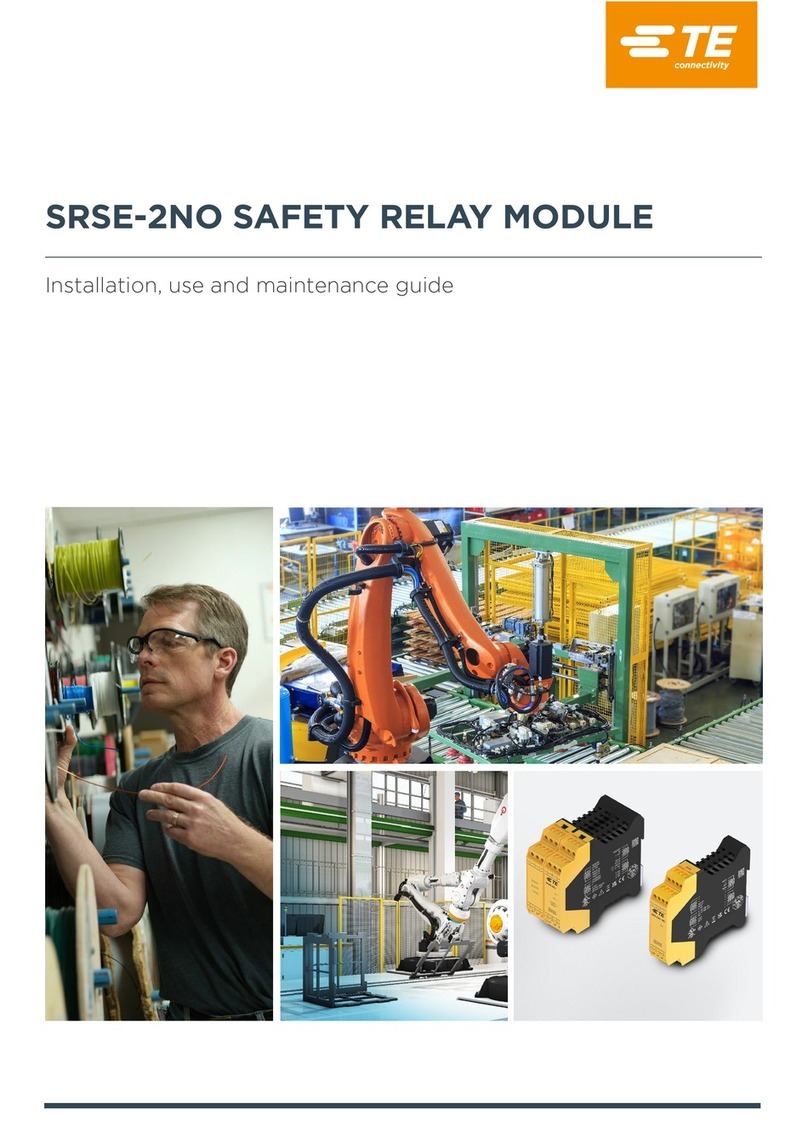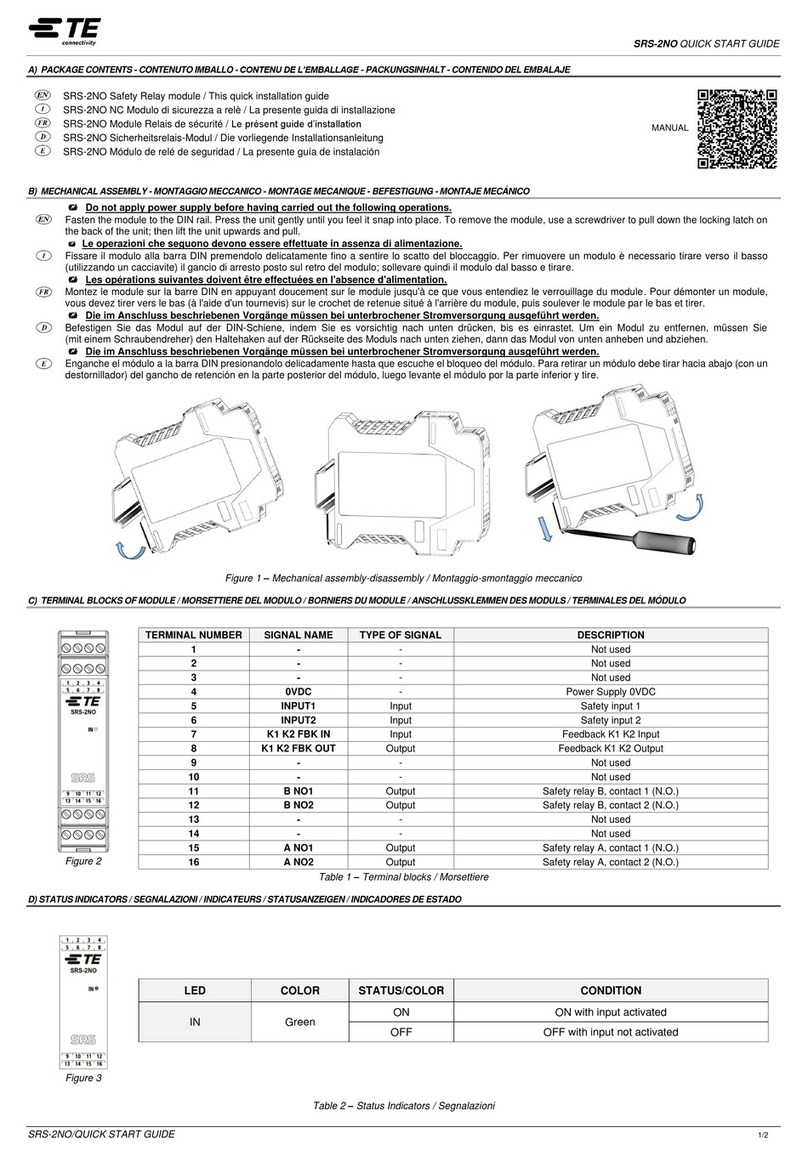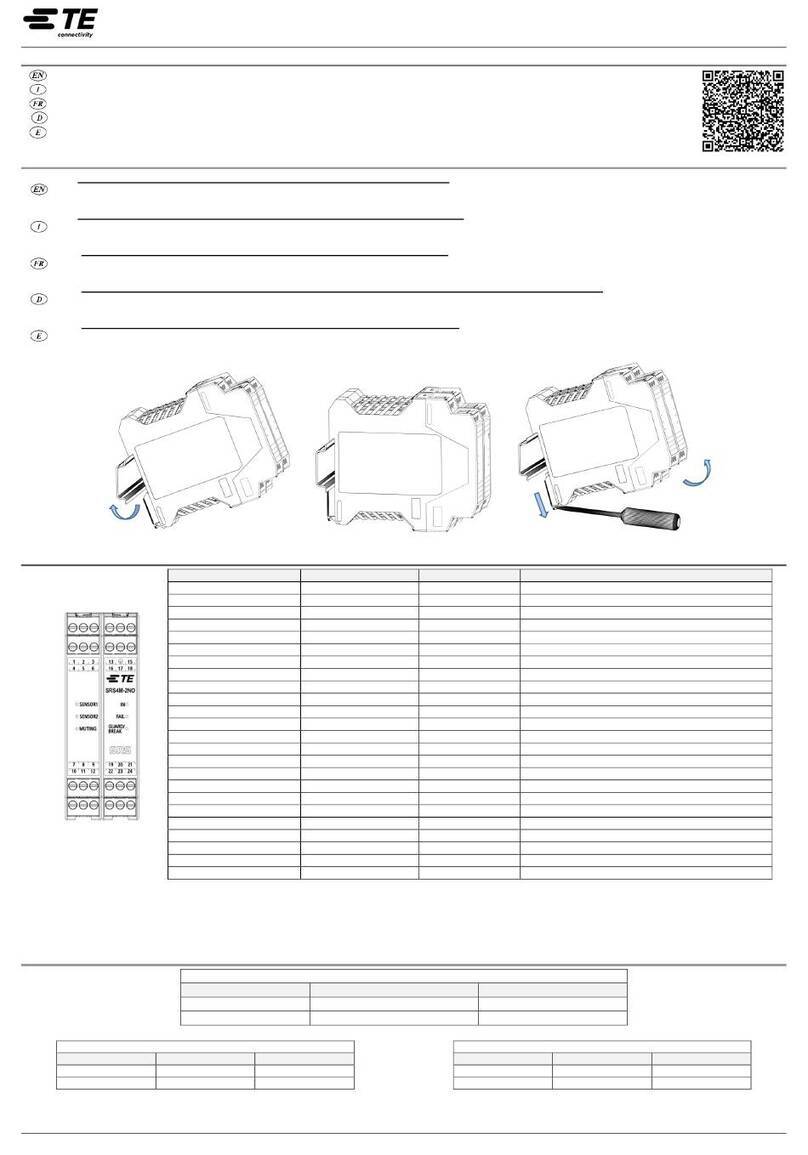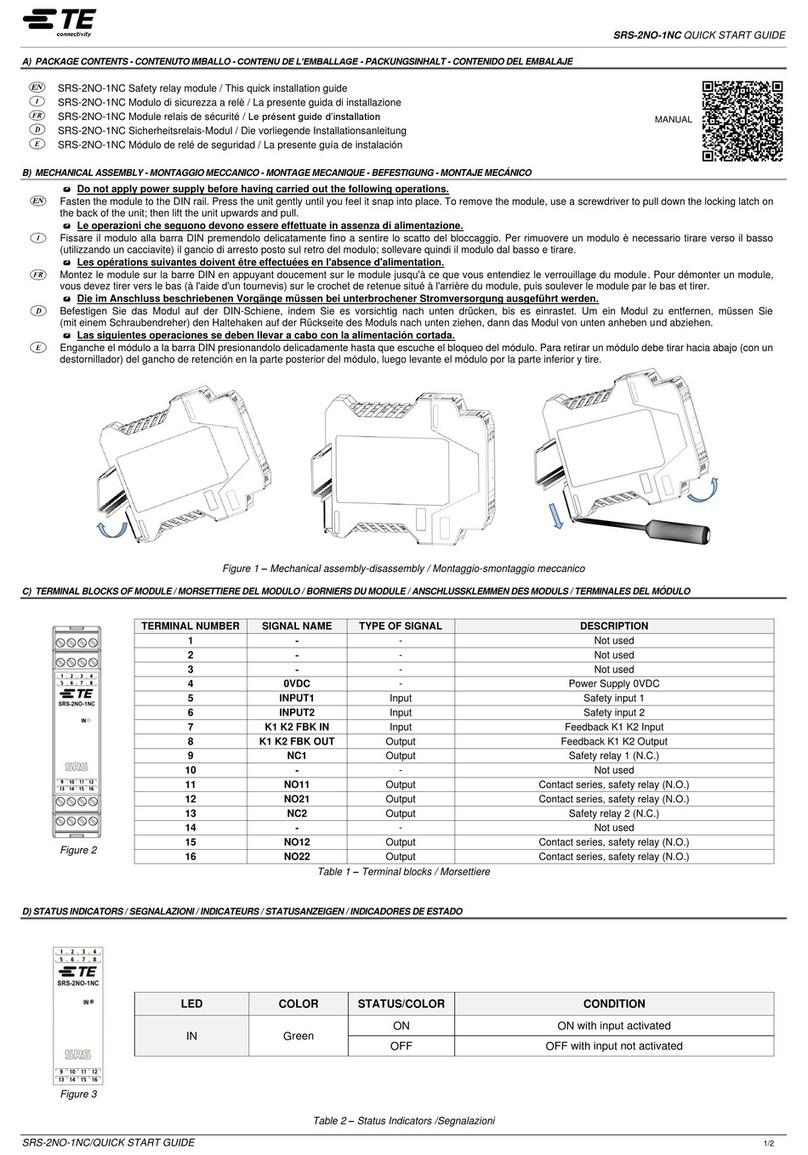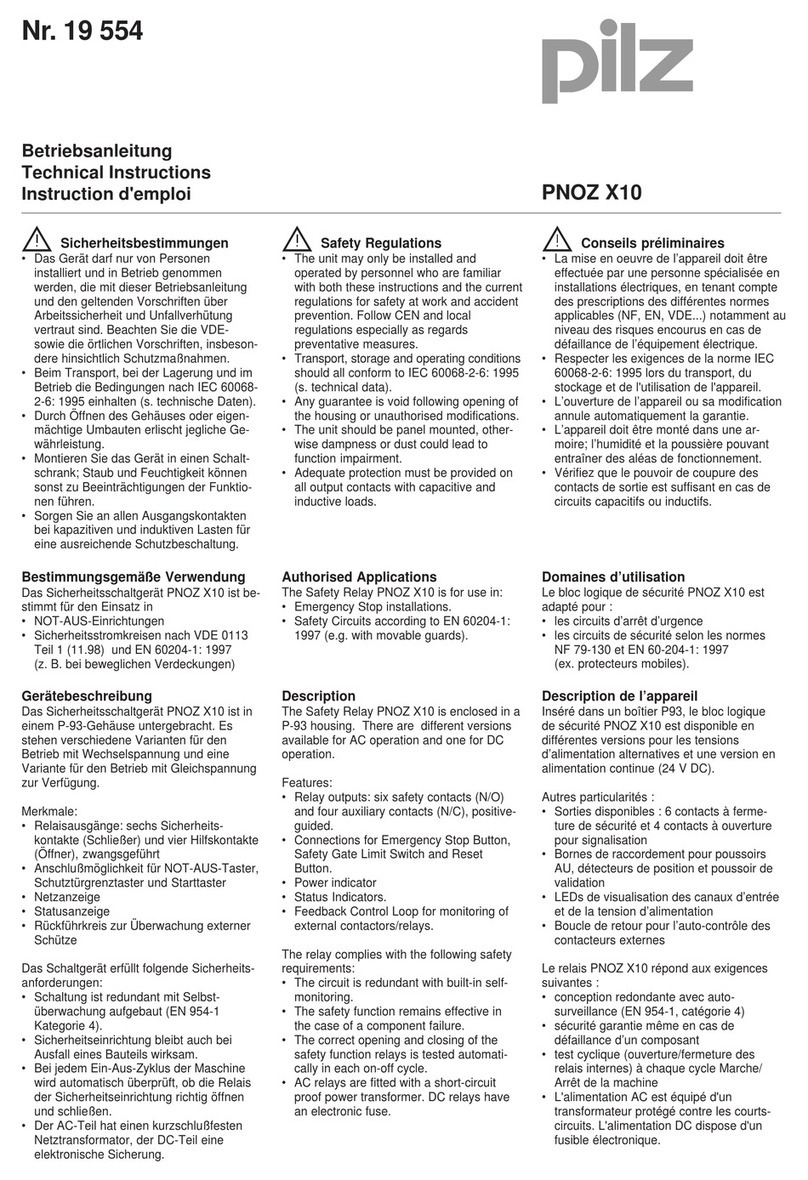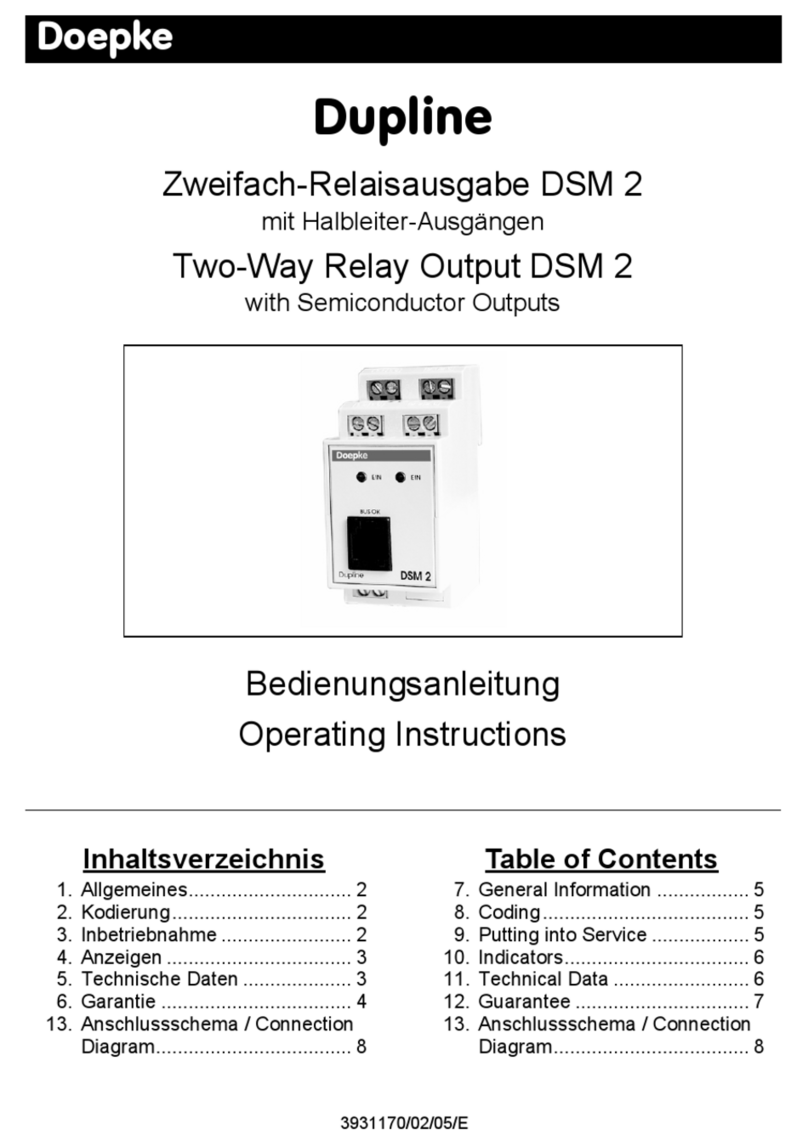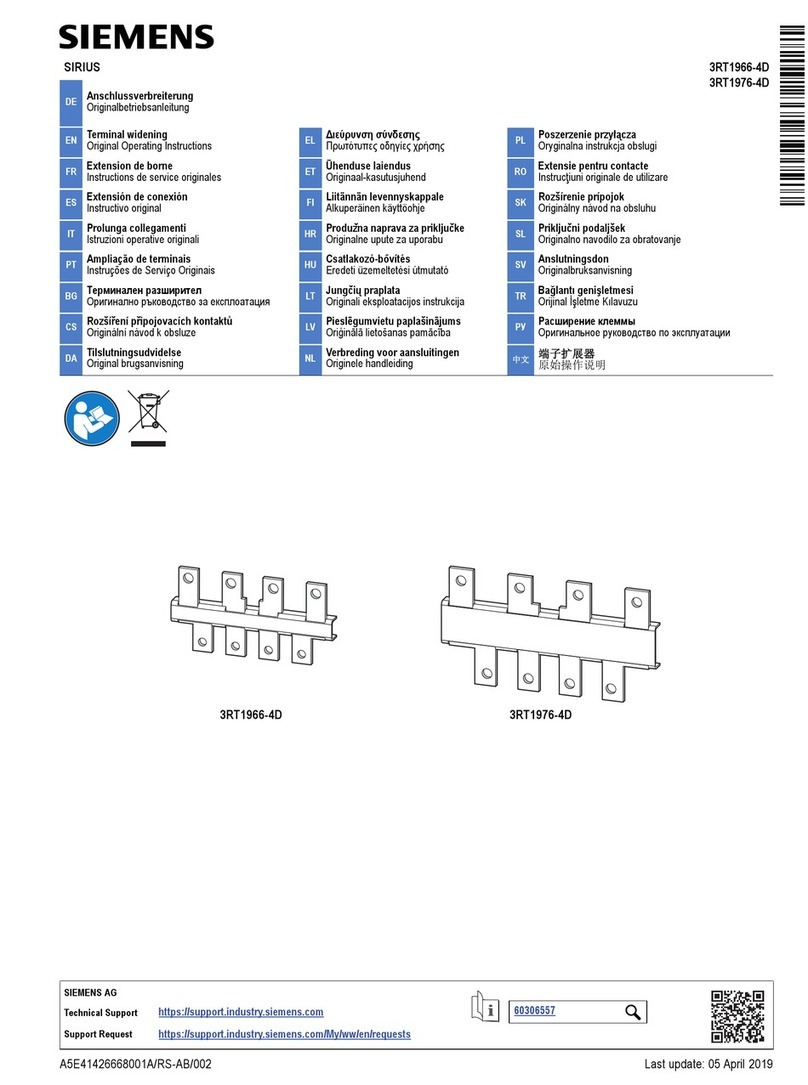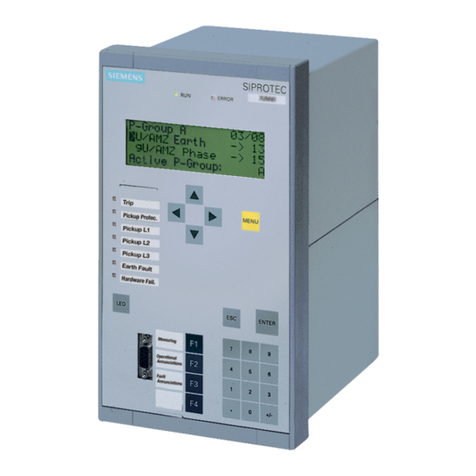
Page 2 of 2
ll of the above information, including drawings, illustrations and graphic designs, reflects our present understanding and is to the best of our knowledge and belief correct
and reliable. Users, however, should independently evaluate the suitability of each product for the desired application. Under no circumstances does this constitute an
assurance of any particular quality or performance. Such an assurance is only provided in the context of our product specifications or explicit contractual arrangements.
Our liability for these products is set forth in our standard terms and conditions of sale.
TE connectivity (logo), TE (logo) and TE Connectivity are trademarks of the TE Connectivity Ltd. family of companies. CROMPTON is a trademark of Crompton Parkinson
Ltd. and is used by TE Connectivity Ltd. under licence. Other logos, product and company names mentioned herein may be trademarks of their respective owners.
Tyco Electronics UK Ltd.
a TE Connectivity Ltd. company
Freebournes Road, Witham, CM8 3AH
Tel: +44 (0) 1376 509509, Fax: +44 (0) 1376 509511
www.crompton-instruments.com
www.energy.te.com
Warnings:
During normal operation, voltages hazardous to life may be
present at some of the terminals of this unit. Installation and
servicing should be performed only by qualified, properly
trained personnel abiding by local regulations. Ensure all
supplies are de-energised before attempting connection or
other procedures.
It is recommended adjustments be made with the supplies
de-energised, but if this is not possible, then extreme caution
should be exercised.
Terminals should not be user accessible after installation
and external installation provisions must be sufficient to
prevent hazards under fault conditions.
This unit is not intended to function as part of a system
providing the sole means of fault protection - good
engineering practice dictates that any critical function be
protected by at least two independent and diverse means.
The unit does not have internal fuses therefore external
fuses must be used for protection and safety under fault
conditions.
If this equipment is used in a manner not specified by the
manufacturer, protection provided by the equipment may be
impaired.
Safety
The unit was designed in accordance with BS EN 600255-6 and -27 –
Permanently connected use, Normal condition. Insulation category III,
pollution degree 2, basic insulation for rated voltage. Measurement
Category III.
EMC Installation Requirements
This unit has been designed to provide protection against EM (electro-
magnetic) interference in line, in accordance with BS EN 61000-6-2
and -6-4. Precautions necessary to provide proper operation of this
and adjacent equipment will be installation dependent and so the
following can only be general guidance:
Avoid routing wiring to this unit alongside cables and products
that are, or could be, a source of interference.
To protect the product against incorrect operation or permanent
damage, surge transients must be controlled. It is good EMC
practice to suppress differential surges to 2kV or less at the
source. The unit has been designed to automatically recover from
typical transients, however in extreme circumstances it may be
necessary to temporarily disconnect the auxiliary supply for a
period of greater than 5 seconds to restore correct operation.
Screened communication leads are recommended and may be
required. These and other connecting leads may require the fitting
of RF suppression components, such as ferrite absorbers, line
filters etc., if RF fields cause problems.
It is good practice to install sensitive electronic instruments that
are performing critical functions in EMC enclosures that protect
against electrical interference causing a disturbance in function.
Wiring
All connections are made to screw clamp terminals. Terminals are
suitable for copper wires only and will accept one stranded 0.05 -
2.5mm2 (30 - 12 AWG) stranded or solid core cables. Terminal
screws should be tightened to 0.5 Nm. Choice of cable should meet
local regulations.
Instrument transformers used for connection to the meter must be of
approved type, compliant with ANSI/IEEE C57.13 / IEC 60044-1 to
provide isolation from measuring inputs.
For UL approved installation, use National Electrical Code (NEC)
Class 1 wiring, rated at 300V / 60°C min rating.
Fusing
A suitable switch or circuit breaker conforming to the relevant parts of
IEC 60947-1 and IEC 60947-3 should be included in the building
installation. It should be positioned so as to be easy to operate, in
close proximity to the equipment, and clearly identified as the
disconnecting device.
This unit must be fitted with an external fuse in voltage supply line.
Line must be fused with a quick blow fuse 1A maximum. Choose fuse
of a type and with a breaking capacity appropriate to the supply and in
accordance with local regulations.
For UL approved installations:
UL listed branch circuit fuses, suitable for the installation voltage, shall
be provided and installed in accordance with national installation code
– 1A fast acting AC rated at the input.
Maintenance
In normal use, little or no maintenance is needed. Where used, ensure
any CT secondary circuits are short circuited prior to carrying out
installation or maintenance of the unit. As appropriate for service
conditions, isolate electrical power, inspect the unit and remove any
dust or other foreign material present. Periodically check all
connections for freedom from corrosion and screw tightness,
particularly if vibration is present.
NC = Normally closed.
Contact closed when
relay de-energised.
NO = Normally open.
Contact open when
relay de-energised.
Caution: Risk of
Electric Shock

